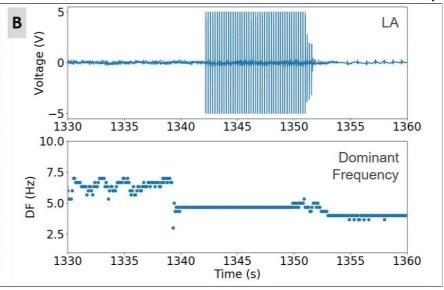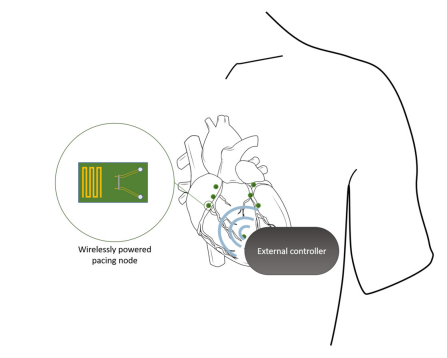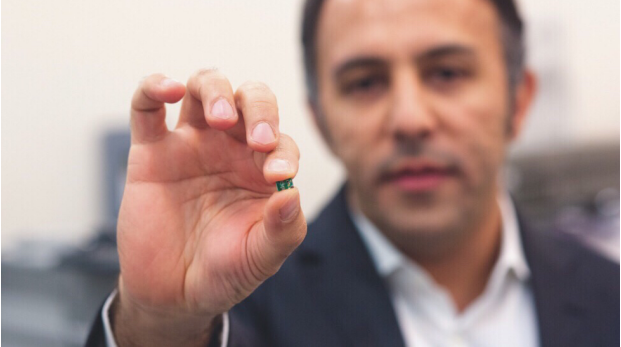Maxwell Publications
Physiologic, Realistic, Computer Modeling of Atrial Fibrillation to Facilitate the Development and Testing of Treatment Strategies
Heart Rhythm Society Abstract
An interactive, physiologically realistic (PR), and accurate computer simulation allows multiple scenarios to be tested in a “live” environment and has become a key step in the rapid development and testing of treatment strategies for atrial fibrillation (AF). Develop an accurate model of AF that allows the user to define the regions and zones of anisotropic conduction to test the effectiveness of a variety of AF treatment strategies.
Published: 2022
Synchronized Biventricular Heart Pacing in a Closed-Chest Porcine Model Based on Wirelessly Powered Leadless Pacemakers
Scientific Reports: Nature Research
About 30% of patients with impaired cardiac function have ventricular desynchrony and seek cardiac resynchronization therapy (CRT). In this study, we demonstrate synchronized biventricular (BiV) pacing in a leadless fashion by implementing miniaturized and wirelessly powered pacemakers.
Published: 2020
Imperceptible Defibrillation of Atrial Fibrillation Using Low-Power, Multi-Site Pacing
Heart Rhythm Society Abstract
New advancements in pacemaker technology have pushed the field from traditional pacemakers to leadless pacemakers to mitigate risks. While current leadless pacemakers reduce the risks associated with leads, they have not been able to substantially reduce the size and weight of these pacemakers, limiting their ability to pace from multiple chambers. This proof-of-concept study shows our wirelessly powered microchip can pace the ventricular myocardium and demonstrates potential for these kinds of devices.
Published: 2019
Leadless multisite pacing: A feasibility Study using Wireless Power Transfer Based on Langendorff Rodent Heart Models
Journal of Cardiovascular Electrophysiology
Fifteen to thirty percent of patients with impaired cardiac function
have ventricular desynchrony and warrant cardiac resynchronization therapy (CRT). While leadless pacemakers eliminate lead‐related complications, their current form factor is limited to single‐chamber pacing. In this study, we demonstrate the feasibility of multisite, simultaneous pacing using miniaturized pacing nodes powered through wireless power transfer (WPT).
Published: 2018
Novel Wirelessly Powered Epicardial Microchip Pacemaker
Heart Rhythm Society Abstract
New advancements in pacemaker technology have pushed the field from traditional pacemakers to leadless pacemakers to mitigate risks. While current leadless pacemakers reduce the risks associated with leads, they have not been able to substantially reduce the size and weight of these pacemakers, limiting their ability to pace from multiple chambers. This proof-of-concept study shows our wirelessly powered microchip can pace the ventricular myocardium and demonstrates potential for these kinds of devices.
Published: 2017





